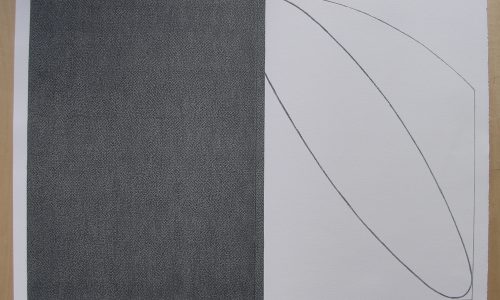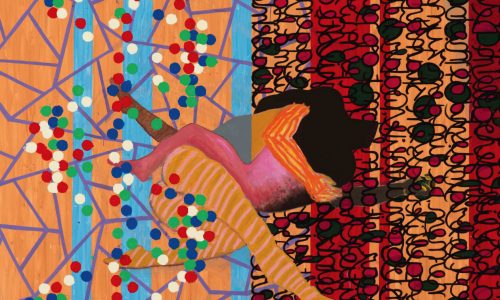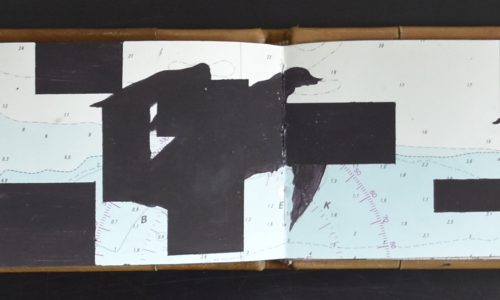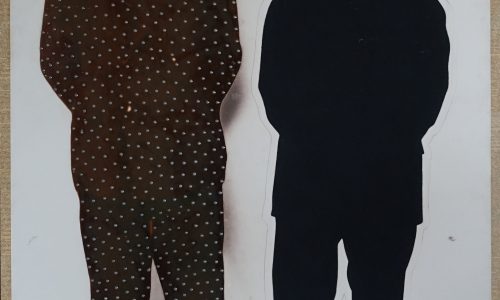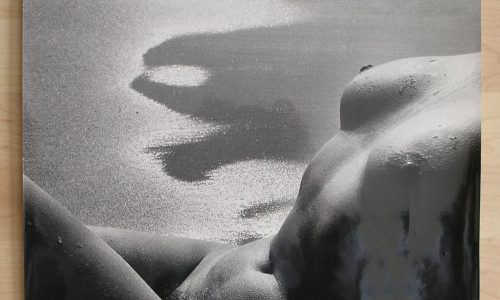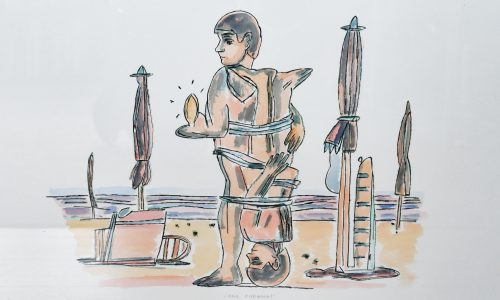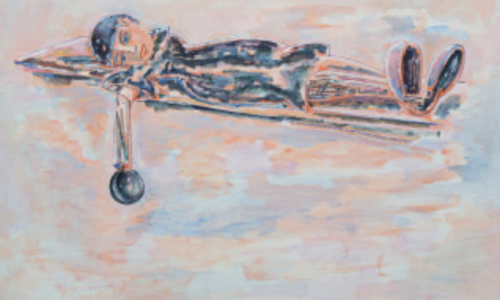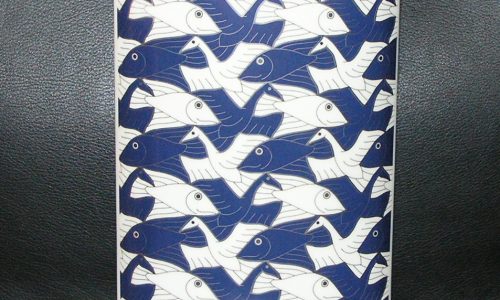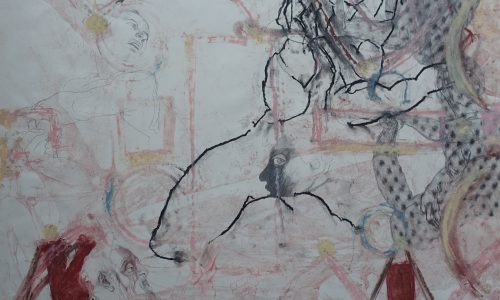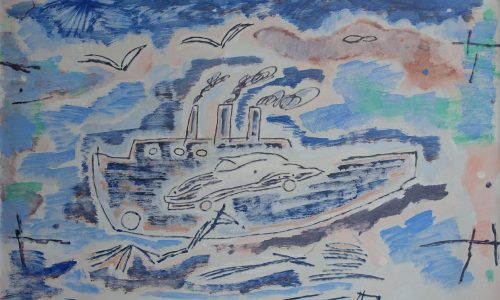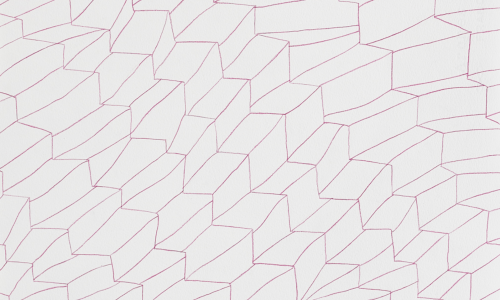
Because i recently purchased the book on Paul Poiret whci was published on the occasion of the exhibition in the Gemeentemuseum Den Haag and the Metropolitan in New York i looked at the articel published by the Metropolitan and the information is perfect, so here it is :
Every decade has its seer or sybil of style, a designer who, above all others, is able to divine and define the desires of women. In the 1910s, this oracle of the mode was Paul Poiret, known in America as “The King of Fashion.” In Paris, he was simply Le Magnifique, after
, a suitable soubriquet for a couturier who, alongside the all-pervasive influence of Sergei Diaghilev’s
, employed the language of Orientalism to develop the romantic and theatrical possibilities of clothing. Like his artistic confrere Léon Bakst, Poiret’s exoticized tendencies were expressed through his use of vivid color coordinations and enigmatic silhouettes such as his iconic “lampshade” tunic and his “harem” trousers, or pantaloons. However, these
fantasies (or, rather, fantasies of the Orient) have served to detract from Poiret’s more enduring innovations, namely his technical and marketing achievements. Poiret effectively established the canon of modern dress and developed the blueprint of the modern fashion industry. Such was his vision that Poiret not only changed the course of costume history but also steered it in the direction of
history.
Poiret’s route into
followed the common practice of shopping around one’s drawings of original fashion designs. His efforts were rewarded in 1898, when the couturière Madeleine Chéruit bought twelve of his designs. In the same year, he began working for Jacques Doucet, one of the most prominent couturiers in Paris. According to Poiret’s memoirs, My First Fifty Years (1931)—also published as The King of Fashion—the first design he created for the house was a red wool cloak with gray crepe de chine lining and revers, which sold 400 copies. But it was a mantle he made for the actress Réjane in a play called Zaza that would secure his fame. Using the stage as a runway was to become a typical strategy of Poiret’s marketing practices, enabling him to present his most avant-garde creations. The mantle was of black tulle over a black taffeta that had been painted by Billotey, then a famous fan painter, with large white and mauve irises. In Poiret’s words, “All the sadness of a romantic dénouement, all the bitterness of a fourth act, were in this so-expressive cloak, and when they saw it appear, the audience foresaw the end of the play . . . Thenceforth, I was established, chez Doucet and in all of Paris.” By the time he left Doucet in 1900 to fulfill his military service, Poiret had risen to become head of the tailoring department.
In 1901, Poiret joined the House of Worth, where he was asked to create what Gaston Worth (the son of
, the eponymous founder) called “fried potatoes,” simple, practical garments that were side dishes to Worth’s main course of “truffles,” opulent
and reception gowns. One of his “fried potatoes,” a cloak made from black wool and cut along straight lines like the
, proved too simple for one of Worth’s royal clients, the Russian princess Bariatinsky, who on seeing it cried, “What horror; with us, when there are low fellows who run after our sledges and annoy us, we have their heads cut off, and we put them in sacks just like that.” Her reaction, however, prompted Poiret to found his own maison de couture in 1903 at 5 rue Auber. Later, in 1906, he moved his atelier to 37 rue Pasquier, and then, in 1909, to 9 avenue d’Antin. Two years later, he established a perfume and cosmetics company named after his eldest daughter, Rosine, and a decorative arts company named after his second daughter, Martine, both located at 107 Faubourg Saint-Honoré. In so doing, he was the first couturier to align fashion with interior design and promote the concept of a “total lifestyle.”
While Poiret learned his craft at two of the oldest and most revered couture houses, he spent his first decade as an independent couturier not only breaking with established conventions of dressmaking, but subverting and eventually destroying their underlying presumptions. He began with the body, liberating it first from the
in 1903 and then from the
in 1906. Although constantly shifting in its placement, the corseted waistline, which had persisted almost without interruption since the Renaissance, divided the female form into two distinct masses. By 1900, it promoted an S-curve silhouette with large, forward-projecting breasts and equally large backward-protruding bottom. In promoting an uncorseted silhouette, Poiret presented an integrated and intelligible corporeality. He was not alone in this vision of dress reform. Lucile (also known as Lady Duff Gordon) and Madeleine Vionnet also advanced an uncorseted silhouette, but it was Poiret, largely owing to his acumen for publicity, who became most widely associated with the new look.
In freeing women from corsets and dissolving the fortified grandeur of the obdurate, hyperbolic silhouette, Poiret effected a concomitant revolution in dressmaking, one that shifted the emphasis away from the skills of tailoring to those based on the skills of draping. It was a radical departure from the couture traditions of the nineteenth century, which, like menswear (to which they were indebted), relied on pattern pieces, or more specifically the precision of pattern making, for their efficacy. Looking to both
and regional dress types, most notably to the Greek
, the
, and the North African and Middle Eastern caftan, Poiret advocated fashions cut along straight lines and constructed of rectangles. Such an emphasis on flatness and planarity required a complete reversal of the optical effects of fashion. The cylindrical wardrobe replaced the statuesque, turning, three-dimensional representation into two-dimensional abstraction. It was a strategy that dethroned the primacy and destabilized the paradigm of Western fashion.

Poiret’s process of design through draping is the source of fashion’s modern forms. It introduced clothing that hung from the shoulders and facilitated a multiplicity of possibilities. Poiret exploited its fullest potential by launching, in quick succession, a series of designs that were startling in their simplicity and originality. From 1906 to 1911, he presented garments that promoted an etiolated, high-waisted Directoire Revival silhouette. Different versions appeared in two limited-edition albums, Paul Iribe’s Les robes de Paul Poiret(1908) and Georges Lepape’s Les choses de Paul Poiret (1911), early examples of Poiret’s attempts to cement the relationship between art and fashion (later expressed in collaborations with Erté and Raoul Dufy, among others). Both albums relied on the stenciling technique known as pochoir, resulting in brilliantly saturated areas of color (
). It was an approach that not only reflected the novelty of Poiret’s designs but also his unique palette. Indeed, although the
depicted in the pochoirs referenced
, their acidic colors and
accessorization, most notably turbans wrapped à la Madame de Staël, were more an expression of Orientalism (as were several cocoon or kimono coats for which Poiret was known throughout his career).
Spurred on by the success of the Ballets Russes production of Schéhérazade in 1910, Poiret gave full vent to his
sensibilities, launching a sequence of fantastical confections, including “harem” pantaloons in 1911 and “lampshade” tunics in 1913 (earlier, in 1910, Poiret had introduced hobble skirts, which also can be interpreted as an expression of his Orientalism). As well as hosting a lavish fancy-dress party in 1911 called “The Thousand and Second Night,” in which the fashions and the scenography reflected a phantasmagoric mythical East, he also designed costumes for several theatrical productions with Orientalist themes, most notably Jacques Richepin’s Le Minaret, which premiered in Paris in 1913 and presented the couturier with a platform on which to promote his “lampshade” silhouette. Even when Poiret reopened his fashion business after World War I, during which he served as a military tailor, Orientalism continued to exercise a powerful influence over his creativity. By this time, however, its fashionability had been overshadowed by modernism. Utility, function, and rationality supplanted luxury, ornament, and sensuality. Poiret could not reconcile the ideals and aesthetics of modernism with those of his own artistic vision, a fact that contributed not only to his diminished popularity in the 1920s but also, ultimately, to the closure of his business in 1929.
It is ironic that Poiret rejected modernism, given that his technical and commercial innovations were fundamental to its emergence and development. But although Poiret’s Orientalism was at odds with modernism, both ideologically and aesthetically, it served as the principal expression of his modernity, enabling him to radically transform the couture traditions of the
. While Poiret may have been fashion’s last great Orientalist, he was also its first great modernist.

The book is available at www.ftn-books.com
Like this:
Like Loading...






























 w.ftn-books.com has the very rare PHOTOGRAPHIES book for sale.
w.ftn-books.com has the very rare PHOTOGRAPHIES book for sale. An important publication. published within the series of Grafisch Nederland and designed by Gracia Lebbink. A quintessential 150 years with some great inventions ( telephone, TV, Radio and Nylon) and a developing art scene which made the transition into constructivist and abstract art. The book not only has a beautiful design by Gracia Lebbink , but it is great fun to look at the history of these World Fair’s. What struck me is that the architecture is truly innovative, but only a few buildings were kept. Of course the Eiffel tower is one of them and it has grown into a landmark for Paris and France, but when you look at some of the other great architecture realized, it is a pity that so few of the buildings remain.The book is available at
An important publication. published within the series of Grafisch Nederland and designed by Gracia Lebbink. A quintessential 150 years with some great inventions ( telephone, TV, Radio and Nylon) and a developing art scene which made the transition into constructivist and abstract art. The book not only has a beautiful design by Gracia Lebbink , but it is great fun to look at the history of these World Fair’s. What struck me is that the architecture is truly innovative, but only a few buildings were kept. Of course the Eiffel tower is one of them and it has grown into a landmark for Paris and France, but when you look at some of the other great architecture realized, it is a pity that so few of the buildings remain.The book is available at 










